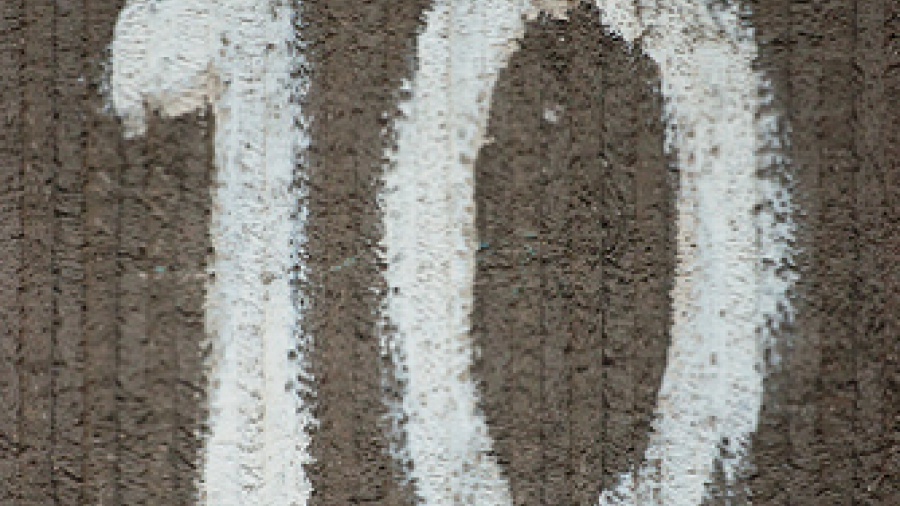
LIVE BLOG: 10 Commandments of Dermatopathology, part 2
In this live blog, Dr. Dipti Anand’s presents her 10 Commandments of Dermatopathology to an audience at the 11th Annual SDPA Fall Conference in Atlanta. Below you’ll find part 2, commandments 6-10.
Commandment 6: Be cautious of the interpretation of the special studies used in dermatopathology such as immunoperoxide stains & gene rearrangement studies for determining clonality in tumors (lymphomas)
Gene rearrangements are often helpful but may not be conclusive. If they’re positive, it may still not mean lymphoma, and if it’s negative it still cannot exclude lymphoma.
Immunoperoxide stains & gene rearrangement studies are merely tools aiding in diagnosis – do not replace the clinical impression and the histologic diagnosis.
Commandment 7: You should not use special stains in diagnosis of challenging melanocytic lesions including Spitzoid lesions. It often leads to over-interpretation and is not cost effective
Note that a positive staining with HMB-45/Mart-1, Ki/67/Mib-1 DOES NOT mean melanoma. Conversely, desmoplastic and spindle cell MM are routinely negative for HMB-45 and Mart-1.
IHC stains for diagnosis of melanocytic lesions are often not helpful. They can lead to over-interpretation for benign lesions. Evaluation of melanocyctic hyperpasia on sun-damaged skin using the Melean-A/Mart-1 stain can result in fake positives. Histology and clinical correlation are still the gold standard.
Commandment 8: Biopsy technique secrets for lesions: the best specimen should be representative of the entire process & punch biopsies are not recommended for pigmented lesions
Punch biopsies are not recommended for pigmented lesions
Punch biopsies of broad lesions may lead to artificially negative results. Even if the darkest area is sampled, it may be an area of hemorrhage. If you must punch make it a big punch.
Punch, superficial shave biopsies and curetting of melanocytic lesions is not recommended. These can be artificially negative. Excisional and deep saucerization biopsies are the best for evaluation of the architecture in addition to the cytology of pigmented lesions.
Commandment 9: Secrets about infections diseases
Don’t forget other studies such as skin testing, x-rays.
Supportive granulomatous inflammation that is highly suggestive of an infection on a biopsy commonly gives negative special stain results
Be alert for immunocompromised patients and be aware of the traveler. With climate change, diseases are appearing in unusual locations. Patients are bringing back infectious diseases.
Be extremely cautious of a diagnosis of carcinoma in setting of an infectious process. Make sure it is not a reactive phenomenon that is being misinterpreted as a carcinoma. Never hesitate to get another opinion.
Commandment 10: Clinicopathologic correlation is the cornerstone of diagnosis
A lot of conditions in dermatology present with similar histologic reaction patterns, making clinico-pathologic correlation is an absolute must in the correct diagnosis of these diseases.
The overall accuracy of diagnosis depends on clincopathologic correlation. Without sufficient clinical data, the histologic diagnosis will be limited and restricted.
Image: Horia Varlan







